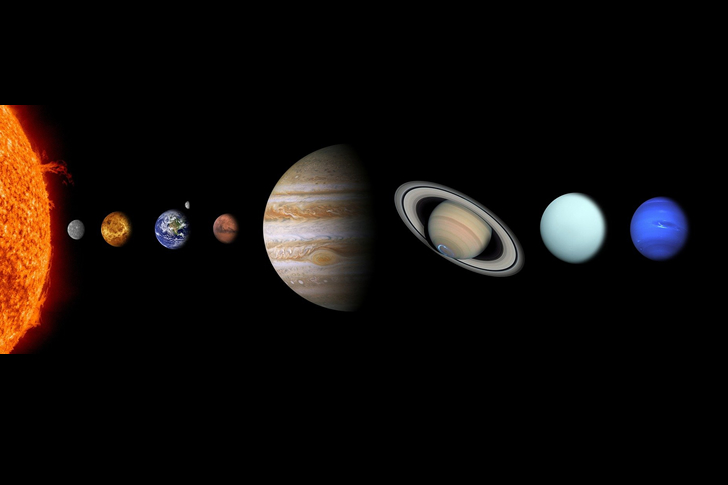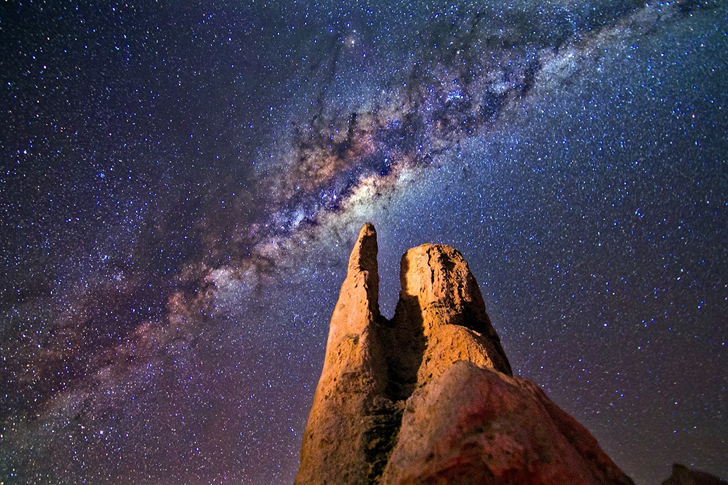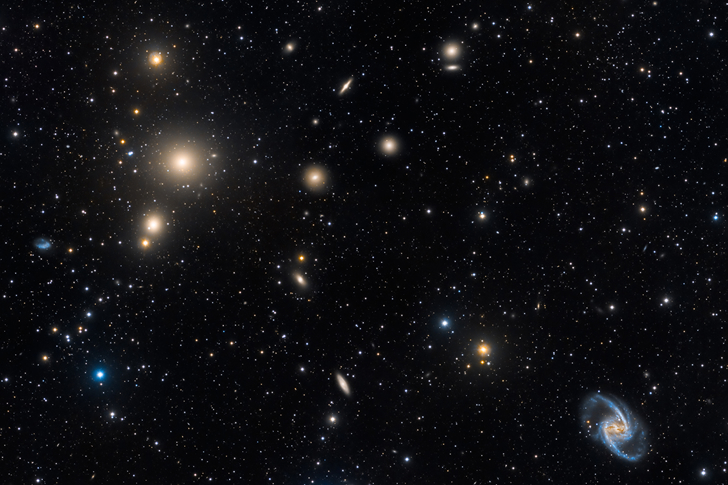Earth Like Planets Outside The Solar System
Beyond Earth: Planets That Can Potentially Sustain Life
Sometimes, when we look at the stars at night, we would wonder, “What’s happening on that side of the universe?” Curiosity has always been the root cause of every great discovery. And because of this curiosity, scientists and researchers have found several breakthroughs about the Earth’s inner workings over the years. Furthermore, this quest for knowledge doesn’t stop with only this blue planet; it goes farther than that, beyond the stars that our eyes could see at night.
The many investments made in the fields of science have led to several discoveries over the years. Besides learning about the other planets in this Solar System, scientists have also worked relentlessly to discover every nook and cranny in the entire universe. And within this line of research holds an answer to perhaps one of the most asked questions of all time: are we alone in this world?
Throughout this quest to know more about the world, scientists and researchers have discovered several planets in other galaxies. However, they did not settle with just that. More research was done with every new planet to see if it features similar characteristics to the life-sustaining Earth. However, though this is still – to some degree – just a possibility, it’s still pretty impressive to know that there’s another world out there that can sustain life.

Within The Milky Way
The universe is a big place composed of an incredible number of planets. So for this article, we will be keeping things on a relatively smaller scale and focus only on the Milky Way galaxy, where the Earth and its Solar System is located. Throughout the search to find an Earth-like planet, scientists would first look for a Sun-like star. After doing so, the remaining planet candidates are narrowed down based on their distance from the star – they shouldn’t be too close else they burn from the star’s high-degree temperatures, nor too far that they become an unbearably cold planet. After all the research made so far, scientists have found that out of approximately 200 billion stars in the Milky Way galaxy, 7% of them bear the same characteristics as our Sun. Now that may seem like a small number. But for this case, 7% of 200 billion means that there are around 14 billion stars that have at least one Earth-like planet orbiting them – and this is just in the Milky Way galaxy!

The Other Earths
Over the years, science and research facilities have spent a significant amount of investment money, getting the equipment they need to further their quest to understand the universe. Among these tools include the now-retired spacecraft, Kepler. From 2009 to 2018, Kepler helped bring forth the discovery of several other planets outside this Solar System – there are 2,800 of them, but the list is still growing. And with the European Space Agency’s spacecraft Gaia acquiring information on a billion stars in the Milky Way, scientists can now have a rough outline of the features these other Earths and Suns should have. Besides the required distance between the two, Earth-like planets should also have a diameter that’s 0.5 to 1.5 times that of Earth’s. Furthermore, just like the Earth, these planets should be capable of growing life-sustaining resources like water.

However, it will still take some time before a moving company can have the needed equipment to accomplish interplanetary services. Besides the relatively uncertain potential of these planets possessing Earth-like features, modern technology still hasn’t reached the point where anyone can travel from one Solar System to another. With all the acquired research so far, scientists have stated that the closest Solar System with an inhabitable planet is around 6 parsecs away. To put things into perspective, a parsec is about 3.26 lightyears, and a lightyear is around 9 trillion km.
For all the information we learned about the universe, it’s safe to say that the scientists and researchers involved with these discoveries truly deserve all the credit they got for their contributions. After all, the world was once a mysterious place. But thanks to a strong sense of curiosity and determination, these anomalies have now been identified, studied, and understood. Hopefully, this article piqued your interest and, perhaps, helped kick-start your journey into discovering more about the great unknown.
